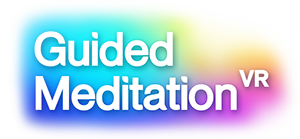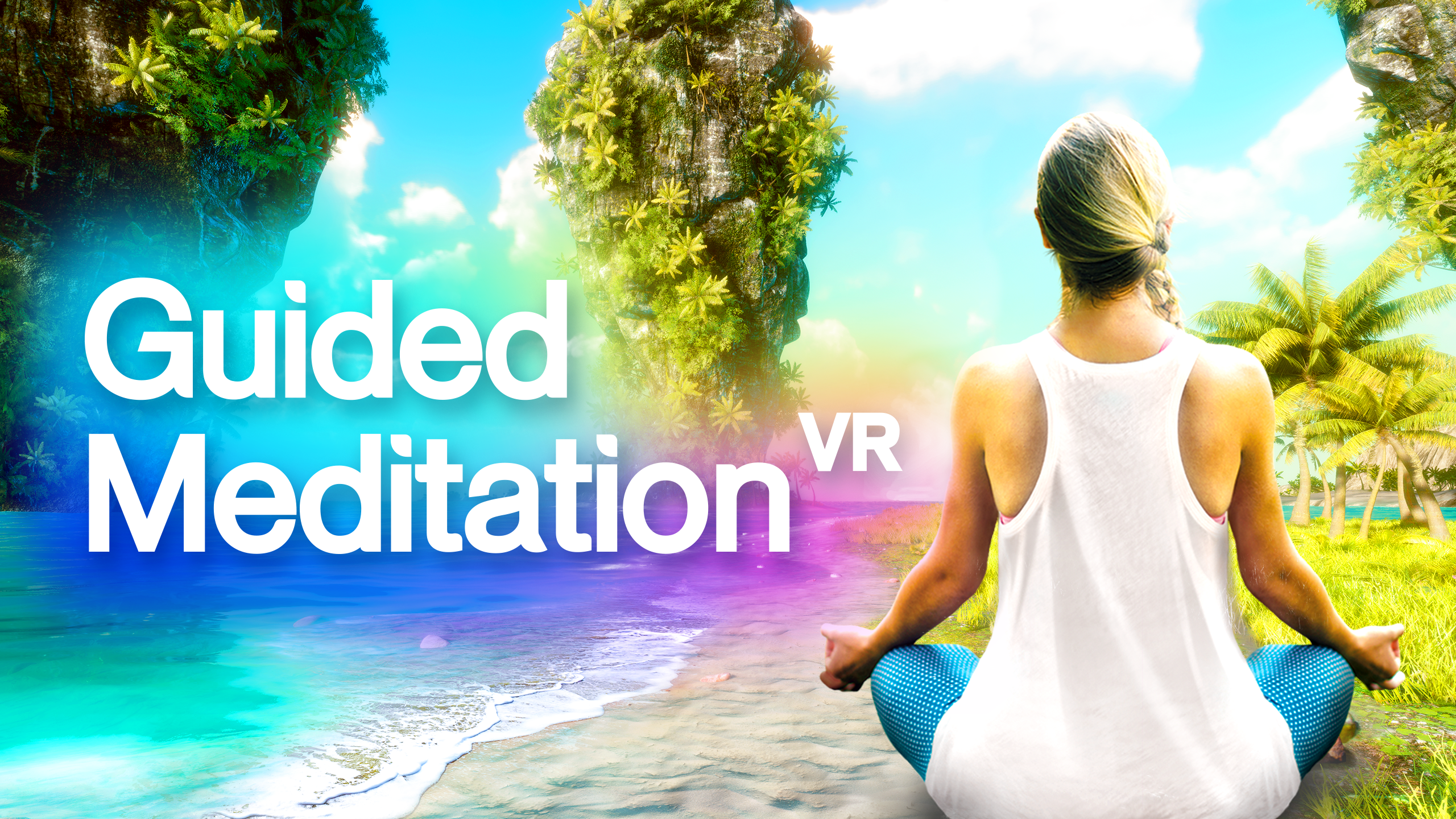- /
- Meditation
- /
- Zen
- /
- Zen Meditation 01
Session 1/10
Transcript
Zen Meditation Course – taking a posture, just sitting.
Find somewhere quiet, where you can be undisturbed. It’s good to use a space that you can designate as your meditation space. Over time, that space acquires an energy and association with the practice. The act of returning to it creates a calm state of mind.
There is no set time to do a meditation, but if you can commit to the same time every day, it helps to make it a steady part of your life.
If you’re a morning person then first thing in the morning is good. Just taking ten minutes to sit and centre yourself puts you in a positive state that you can take into the rest of your day.
Or if you prefer, meditating in the evening is a good way to wind down from the day, and get a good night’s sleep. Ultimately, it will come down to what feels right for you.
In Zen, as in all meditation schools, we take some time to bring ourselves into the body. We do that initially by either sitting cross-legged on a cushion on the floor, or on a chair. If you’re going to sit on the floor you want to be comfortable, so if you have difficulty sitting with crossed legs this way, the chair is a better option.
If you’re sitting on a chair, make sure your feet are flat on the floor. You want your hips to be above your knees, so if you need to use a cushion to raise yourself a bit, that’s fine.
If you’re sitting on the floor cross-legged, the cushion will elevate your hips, and your knees will be resting on the floor, or close to it. You can use a mat or blanket under the cushion, to give your feet and legs some extra support.
Sit with your back upright. Not ramrod straight, you want to be straight and relaxed at the same time. Having your hips above your knees encourages a straight back. Keep your neck in line with your spine. Tuck your chin in slightly. Let your tongue rest lightly against the roof of your mouth, just behind your teeth. Your eyes stay open.
Now place your hands in your lap, palms upward. Place your left hand over your right, and touch your thumbs together, lightly. Relax your shoulders.
Breathe naturally, through the nose. Now just take a few breaths and see how it feels to sit like this.
Bring your awareness to the top of your head. Now slowly work from the top of your head and notice any areas of tension in your face and your neck. Move on to your shoulders, back and chest. Notice how your arms and hands feel. Extend your awareness through the lower body, hips, thighs, knees, calves and feet. If you want to adjust your position, go ahead. It may help to move from side to side, just to get your ‘sitting bones’ in the right place.
You don’t want to be tilted to one side, or slouched over. Take a little time just to sit and breathe. Feel the breath as it enters your nostrils, and how it fills your lungs. Then feel it again as you exhale, leaving the body. Notice the natural rise and fall, the taking in and letting go. Let the breath regulate itself. There is no need to force it, just let it find its own rhythm. If you find your mind wandering that’s completely fine and natural. When you notice this, just bring your mind back to the breath.
Feel the sense of stability in your posture. You’re sitting firmly on the earth. At the same time there is a sense of lightness in the upper body. Think of your head as being suspended from the sky by an invisible thread.
Let’s sit like this now, for ten breaths. Upright and relaxed. Your awareness of the breath coming in to the body, and going out again. Notice the pause that occurs between your exhalation and the next inhalation. Let the breath be as it wants to be.
To help your focus, you can count these ten breaths. Count one on the exhale, then two on the next exhale, all the way to ten. If you get distracted, don’t worry. When you realise you’re distracted just return to the number you left off on, or start again from one. Ok, let’s just breathe like this.
(Interval here, while we do five or so breaths).
Remember, natural breathing, through the nose. Be aware of the body rising as you inhale, and falling as you exhale.
(Interval for another five breaths or so).
So, that should be about ten breaths. How did you get on? Just become aware of your body again now. Is it more relaxed? More tense? Have you shifted position? Just notice these things, don’t judge yourself. Meditation is not an endurance test or a competition.
If you’ve never meditated before it may seem a little daunting. Or it may have been a breeze. Some days it seems very easy, and others not so easy. That’s also quite natural as you begin a meditation practice. It’s important just to notice the experience and not to judge it.
In the next session I’ll talk more about the breath, and thoughts. For now, just remember that there’s nothing mysterious or special about creating the right state of mind for meditation. Just sitting the way you have been for the past ten minutes has already taken you to that state of mind. See you in the next session.
”If you’ve never meditated before it may seem a little daunting. Or it may have been a breeze. Some days it seems very easy, and others not so easy. That’s also quite natural as you begin a meditation practice. It’s important just to notice the experience and not to judge it.


